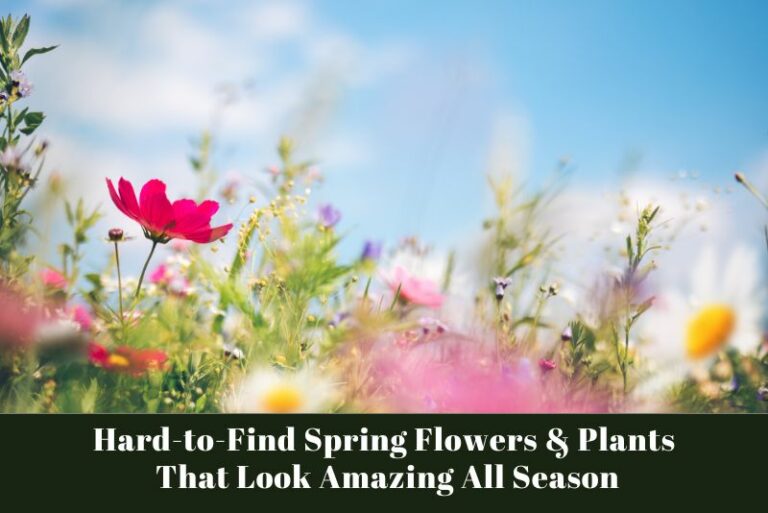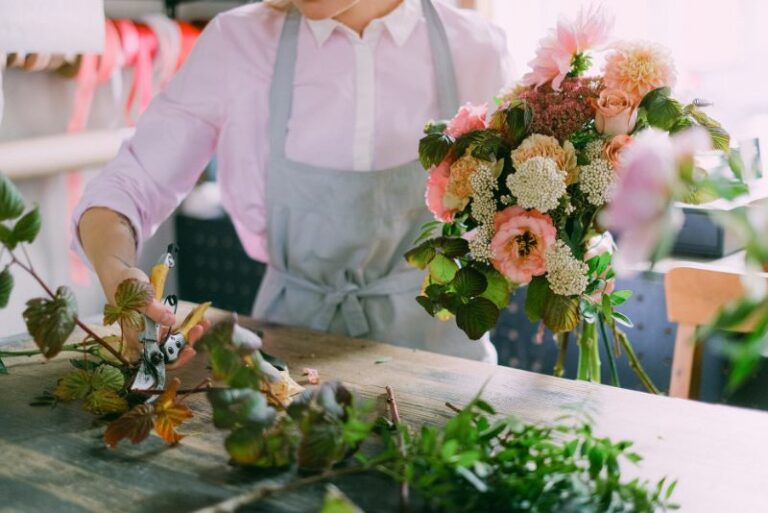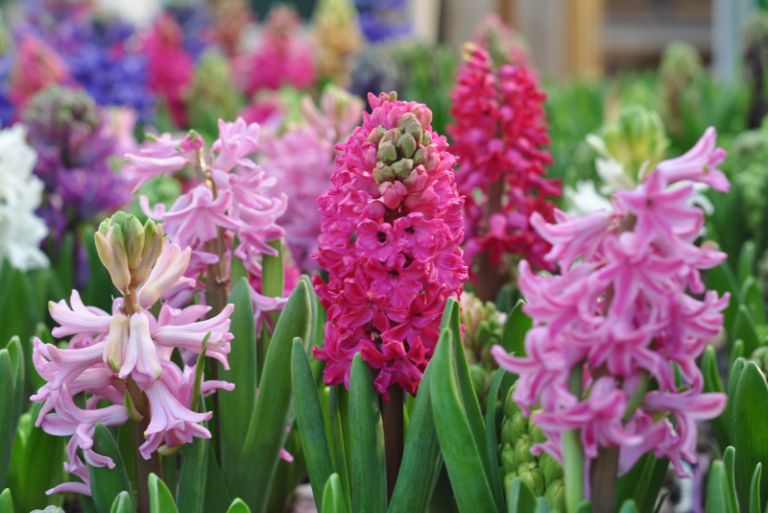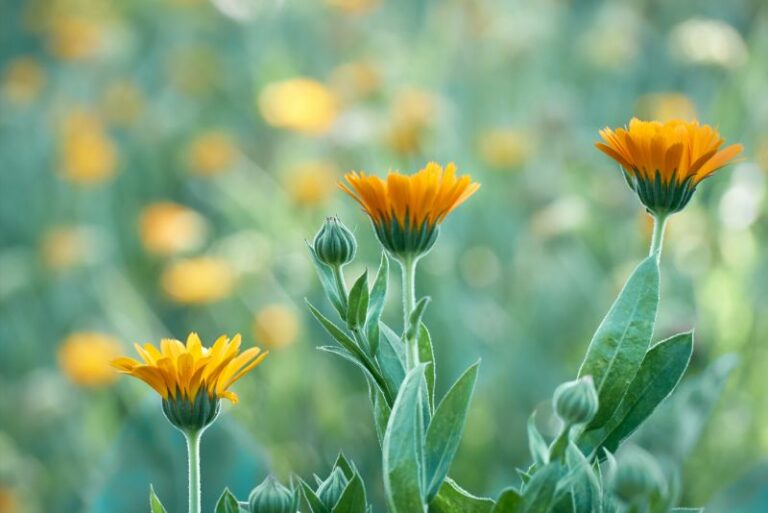How to Grow Hellebores in Pots or Containers
Hellebores are stunning perennial plants that come in a variety of colors and are known for their ability to bloom even in winter. They are easy to grow and make a beautiful addition to any garden. However, if you don’t have a garden, fear not! Hellebores can also be grown in pots or containers on your patio, balcony, or even indoors. In this article, we’ll guide you through everything you need to know about growing hellebores in pots or containers.
Choosing the Right Container
The first step to successfully growing hellebores in pots or containers is choosing the right container. Hellebores have deep roots and need a container that is at least 12 inches deep. The pot or container should also have good drainage to prevent waterlogging, which can be fatal for hellebores.
You can choose any type of pot or container as long as it meets these requirements. Terracotta pots are a popular choice as they are porous and allow excess moisture to evaporate, preventing root rot.
Selecting the Right Soil
Like most plants, hellebores thrive in well-draining soil. Use a high-quality potting mix that is specially formulated for container gardening. Avoid using garden soil as it can become compacted and hinder root growth.
Hellebores prefer slightly acidic soil with a pH range of 6.5 to 7. You can add organic matter like compost or leaf mold to the potting mix to improve drainage and provide nutrients for the plant.
Planting Hellebores in Pots or Containers
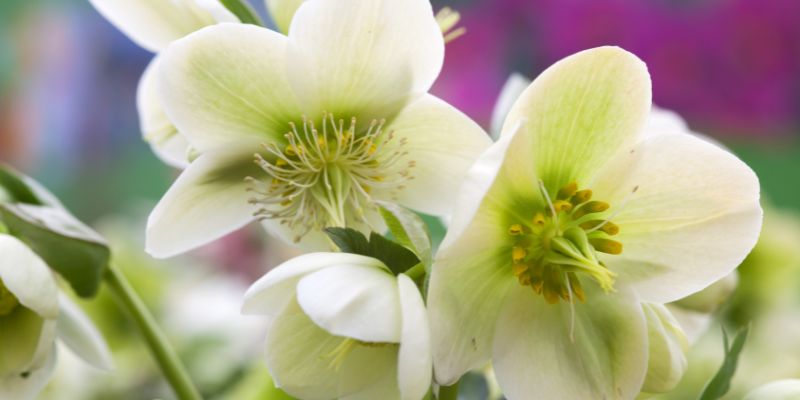
Now that you have your container and soil ready, it’s time to plant your hellebore. Fill the chosen container with potting mix, leaving enough space at the top for the plant’s root ball. Gently remove the hellebore from its nursery pot, being careful not to damage the roots.
Place the plant in the center of the container and fill in any gaps with more potting mix. The top of the root ball should be at least 1 inch below the rim of the container to allow for watering without overflowing.
Watering and Fertilizing
Hellebores are low-maintenance plants, but they do require consistent watering. The soil should be kept evenly moist, but not waterlogged. Water the plant deeply once a week, or more frequently during hot weather. During winter, you can reduce watering frequency as the plant is dormant.
Avoid getting water on the leaves to prevent fungal diseases. If you notice the leaves turning yellow, it could be a sign of overwatering.
Hellebores do not require much fertilizer, but you can feed them with a water-soluble or slow-release fertilizer in early spring before new growth appears. Avoid fertilizing during winter when the plant is dormant.
Sun and Temperature Requirements
Hellebores prefer partial shade, making them perfect for growing in pots or containers. Too much sunlight can cause the leaves to wilt and turn yellow. Place your hellebore in a spot that receives morning sun and afternoon shade.
These plants are cold-hardy and can withstand temperatures as low as 20°F (-6°C). However, they prefer cool temperatures between 50-60°F (10-15°C). During hot summers, you can move the plant to a shadier spot or provide some shade with a patio umbrella.
Managing Pests and Diseases
Hellebores are generally pest and disease-resistant, but they can occasionally be affected by aphids, slugs, and snails. Regularly check your plants for any signs of infestation and treat them accordingly with organic methods or insecticidal soap.
Fungal diseases like black spot and powdery mildew can also occur, especially in humid conditions. Ensure good air circulation around the plant and avoid getting water on the leaves to prevent these diseases.
Pruning and Deadheading
Hellebores do not require much pruning, but you can remove any damaged or dead leaves at the base of the plant. Deadheading, which is removing spent flowers, can promote continuous blooming and keep the plant looking tidy.
Overwintering Hellebores in Pots
If you live in a colder climate, you may be wondering if hellebores can survive winter in pots. The answer is yes! Hellebores are hardy plants and can withstand winter temperatures even in pots. However, it’s important to protect the roots from freezing by covering the container with a thick layer of mulch.
You can also move your hellebores indoors during harsh winters and place them near a window that receives bright, indirect light.
Conclusion
Growing hellebores in pots or containers is a great way to enjoy these beautiful plants even if you don’t have a garden. With the right container, soil, and care, you can successfully grow hellebores in any space. These low-maintenance plants will reward you with stunning blooms in winter and early spring, making them a must-have for any plant lover’s collection. So why not give it a try and add some hellebores to your potted plant collection? Happy gardening!

